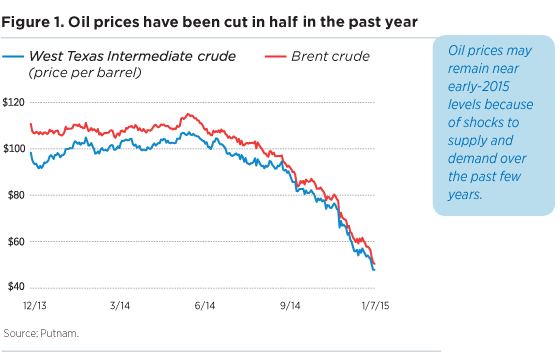Low Volatility Funds in High Demand
Post on: 29 Май, 2015 No Comment

By: David Fabian
The first low volatility exchange-traded fund was released in 2011 as the PowerShares S&P 500 Low Volatility Portfolio (SPLV ). This ETF quickly garnered billions of dollars in assets as investors sought to diversify their portfolios with a unique equity index strategy that is designed to select stocks with lower price fluctuations. The success of this product quickly led to additional offerings from both PowerShares and iShares in emerging market, international, global, and small/mid-cap stocks. The following is a list of the current offerings from both providers:
- PowerShares S&P 500 Low Volatility Portfolio (SPLV )
- PowerShares S&P SmallCap Low Volatility Portfolio (XSLV )
- PowerShares S&P MidCap Low Volatility Portfolio (XMLV )
- PowerShares S&P Emerging Markets Low Volatility Portfolio (EELV )
- PowerShares S&P International Developed Low Volatility Portfolio (IDLV )
- iShares MSCI U.S. Minimum Volatility ETF (USMV )
- iShares MSCI Emerging Markets Minimum Volatility ETF (EEMV )
- iShares MSCI EAFE Minimum Volatility ETF (EFAV )
- iShares MSCI Global Minimum Volatility ETF (ACWV )
The basis behind the strategy for these funds is to take the underlying S&P or MSCI indexes and identify a subset of stocks (typically 80-200) that have the lowest price volatility for the last quarter. What you are left with is a unique portfolio of equities that typically have very steady returns and stable price movement. The make-up of low volatility funds is commonly focused in the areas of consumer staples, utilities, financial, and health care sectors. One additional benefit to a concentrated mix of stocks in these defensive sectors is the above average yield. However, the asset allocation can vary depending on the region or market capitalization of the underlying index.
One of the benefits of owning a low volatility fund is that you will generally see them decline less than their fully loaded index peers when the market is falling. In addition, these funds can provide a level of outperformance to an investor’s portfolio in a rising market that favors more defensive stocks. For instance, in 2013 the SPDR S&P 500 (SPY) has risen 17.17% while SPLV has gained 18.79% in total return through May 16.
There seems to be no end in sight to the influx of capital into these ETFs as Index Universe recently reported that USMV is one of their Top 10 Asset Gainers for 2013 with $2.51 billion in new money. The current rally and asset flows into low volatility sectors have clearly been an advantage for these ETFs this year.
The disadvantage of owning low volatility ETFs is that you don’t get as much exposure to high growth sectors or cyclical stocks. In 2012, the technology heavy PowerShares QQQ (QQQ ), which is based on the NASDAQ-100 Index, gained 18.12% thereby vastly outperforming the 10.10% return of SPLV. A natural byproduct of lower volatility is that you will give up higher returns during periods of growth stock leadership.
I believe that these low volatility funds make an excellent complement to any portfolio as a core holding. They can be used to gain instant exposure to a certain region, market cap, or global focus in order to lower your target risk profile.
It will be interesting to see what the next phase of the market will bring and how these low volatility ETF products will be impacted. One thing is clear, the investment landscape is evolving, and low volatility ETF’s are a unique and innovative product for individual investors to control their risk and enhance their returns.
Editor’s Note: I have no positions in any of the stocks mentioned in this article.
To get more investor insights from Fabian Capital, visit their blog here or click here to download their latest special report, The Strategic Approach to Income Investing.














